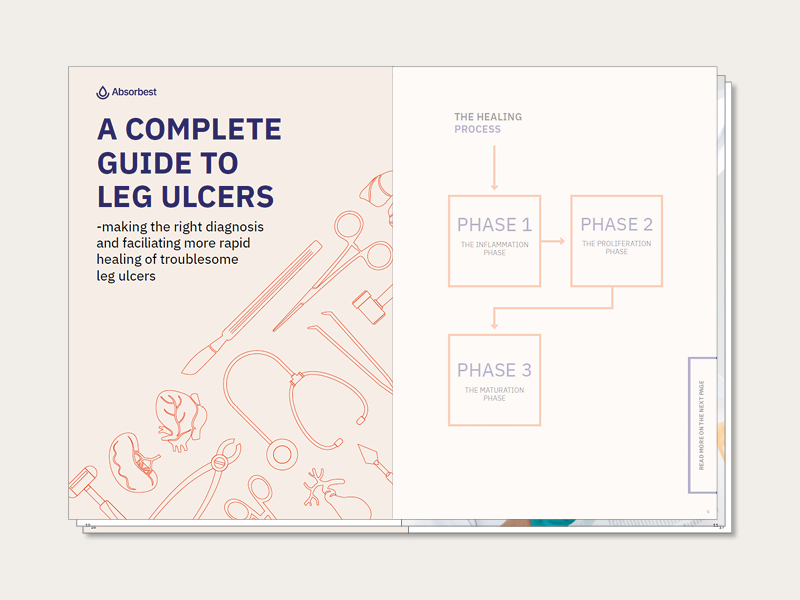 Read our application guide here!
Read our application guide here!


Experience the difference and compare the outcome with our superabsorbent dressing. Designed to create a simple wound healing process and optimal healing environments to support clinicians giving quality care.

This straightforward guide to leg ulcers will help you understand different types of wounds, how they vary, and the best practices for treatment during and after healing.